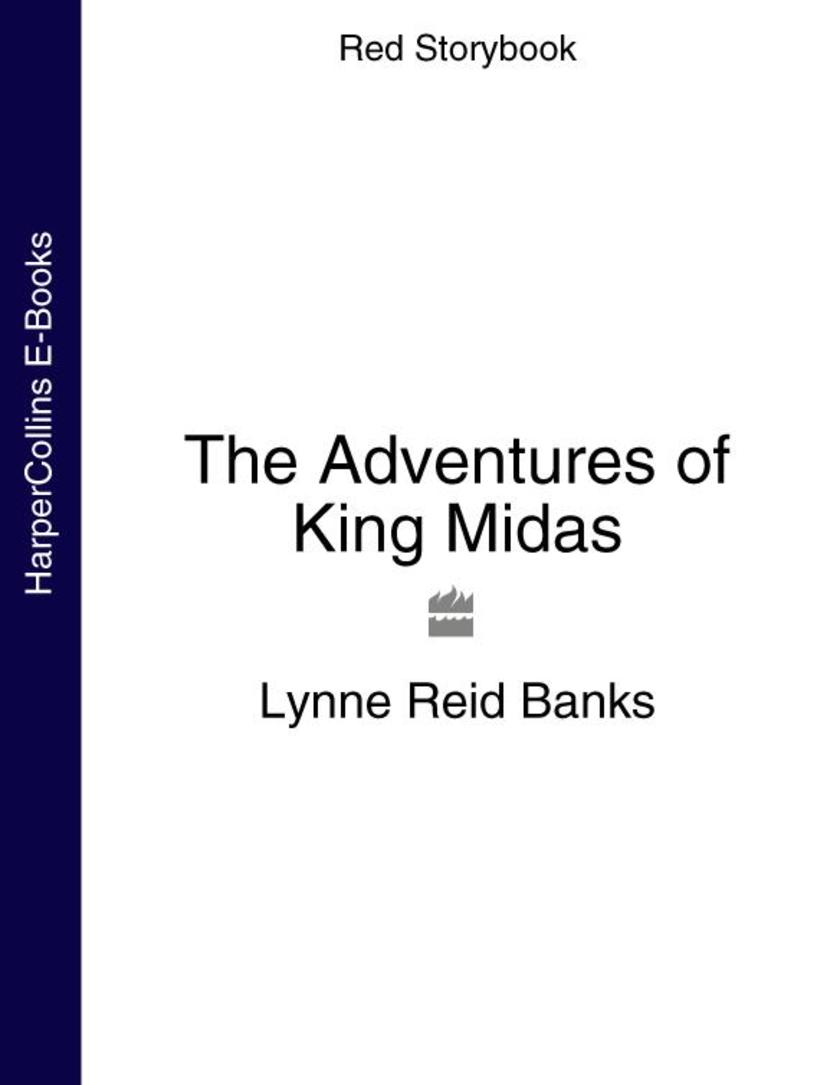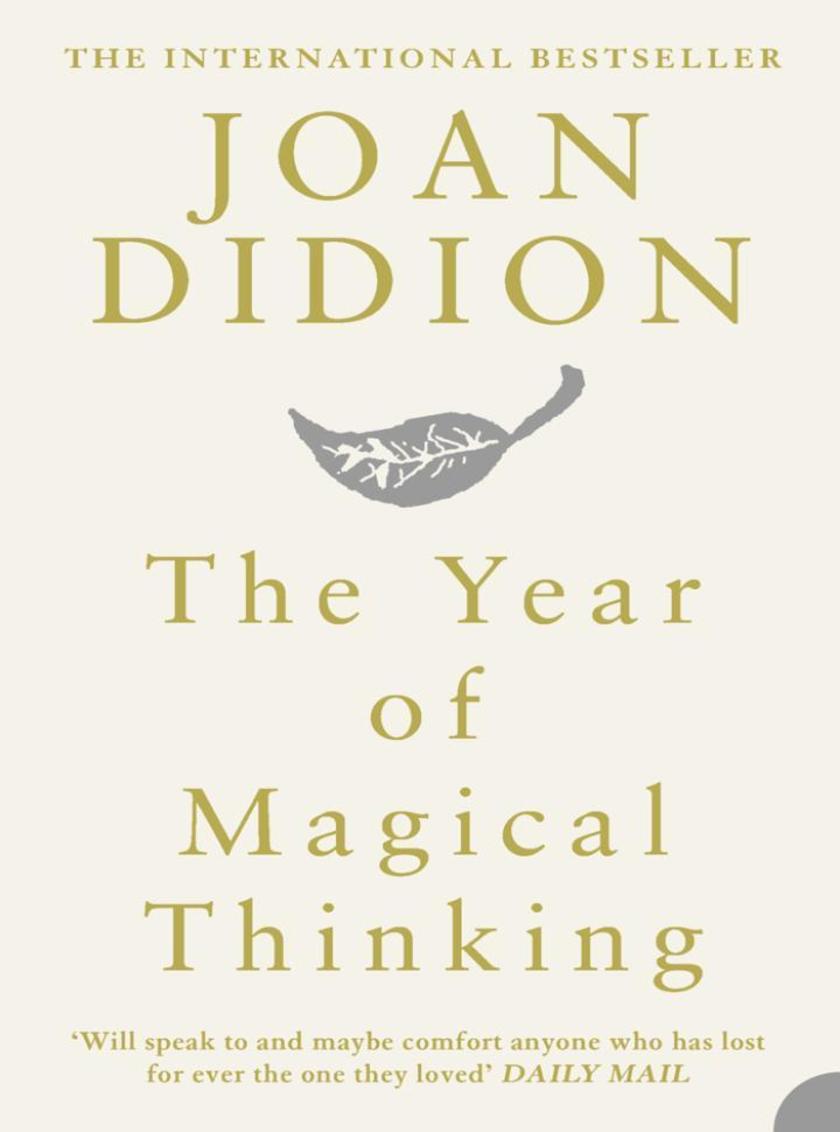
The Secret Cat (Tiger Days, Book 1)
¥44.15
Meet animal lover, Tiger Days! A brand-new young fiction series about animals, friendship and adventure by bestselling author Sarah Lean. Beautiful black-and-white illustrations throughout. When nine-year-old Tiger Days stays with her grandmother at Willowgate House she never knows what might happen… new friends to meet, animals to rescue and problems to solve! Tiger’s grandmother looks after animals in need and on her first visit, Tiger quickly learns how to feed a baby warthog and keep it safe. Tiger already has her hands full, but then a mysterious sound leads her to another little animal… At Willowgate House, no day is ever dull for Tiger!

Clean Eating Alice The Body Bible:Feel Fit and Fabulous from the Inside Out
¥110.46
Instagram sensation Clean Eating Alice shares 8 new recipes and a HIIT workout in this new e-book to help you get into shape for Spring. Full of sound advice that will appeal to her legions of fans.

Clean Eating Alice Eat Well Every Day
¥103.59
Instagram sensation Clean Eating Alice shares 9 new recipes and a HIIT workout in this new e-book to help you get into shape for Spring. Full of sound advice that will appeal to her legions of fans.

Age of Consent
¥66.22
Thirty years ago, June was a young widow with a hopeless crush on a Craig Kirtz, a disc jockey at a local rock station. To her surprise, the two struck up a friendship that seemed headed for something more. But it was June’s thirteen-year-old daughter, Bobbie, whom Craig had wanted all along. Bobbie thought her secret life—the sex, the drugs, the illicit relationship itself—could remain safely buried in the past. But when she discovers that Craig had similarly pursued any number of other young girls, Bobbie returns home after a long absence with one purpose in mind:to bring Craig to trial. Her decision is greeted with mixed feelings. Some people think that bringing charges against someone for a crime committed so many years ago is unjustified. She’s called a “middle-aged woman with a vendetta.” She’s accused of waging war against her own family. June remembers things differently from the way Bobbie does. Craig insists he has done nothing wrong. But the past has a way of revealing itself, and some relationships lay dormant through the years, ready to stir to life at the slightest provocation. While their traumatic history is relived in the courtroom, Bobbie and June must face the choices they made and try to make sense of the pain they endured while seeking justice at long last. Told with warmth and compassion, this is a moving, deeply absorbing story of a family in crisis.

A Fair Cop
¥63.18
The true story of a young police officer’s imprisonment for a crime he did not commit It was Michael Bunting's life ambition to follow in his father's footsteps and become a police officer. But six years after his family watch him pass out and begin his life's dream, he is serving a sentence for a crime he didn't commit. This is his story. Beaten almost senseless as he tried to arrest a violent criminal, the 23-year-old PC was left with head injuries and blurred vision that took him months to recover from. Back at work he was astounded to learn that his attacker had filed a complaint against him and that the Police Discipline and Complaints Department were following up the allegation. Two years later he was found guilty of common assault against his assailant and received a prison sentence that left him living his devastated life amongst the criminals he had previously sought to keep off the streets. Hard-hitting and at times heart-breaking the book is a graphic account of life behind bars for a policeman in one of England's hardest prisons. An extract from A Fair Cop: "The prisoner arrived once more with the trolley and placed the plate of food on to my hatch. 'Bunting,' he shouted pleasantly. I wasn't fooled. 'Thanks,' I said, as I walked across the cell to collect it. As I put my hand out to reach for the plate he snatched it away. He held it up to the hatch and peered through at me. 'PC Bunting, isn't it?' he asked, and then took a deep breath to muster as much saliva from the back of his throat as he could. With one swift movement he spat a big glob in to the middle of the food. The white phlegm floated around in brown gravy. 'Hey lads, I'm feeding the pig,' he said. With this, two other prisoners came to my cell hatch. They looked at me, sniggering. They then spat in my food too. The first prisoner put the plate on the hatch and gestured for me to come closer. 'You're in our territory now, you f***ing filth, and we're gonna f***ing carve you up.'

Memory of Water
¥66.22
With the lyricism of Ishiguro’s NEVER LET ME GO, and the world building brilliance of Atwood, Emmi It?ranta’s effortless and poignant debut novel is a coming of age story full of emotional drama and wonderment. Some secrets demand betrayal. 'You’re seventeen, and of age now, and therefore old enough to understand what I’m going to tell you,’ my father said. ‘This place doesn’t exist.’ ‘I’ll remember,’ I told him, but didn’t realise until later what kind of promise I had made. When Noria Kaitio reaches her seventeenth birthday, she is entrusted with the secret of a freshwater spring hidden deep within the caves near her small rural village. Its preservation has been the responsibility of her family for generations. Apprenticed to her father, one of the last true tea masters, when Noria takes possession of the knowledge, she become much more than the guardian of ancestral treasure; soon, she will hold the fate of everyone she loves in her hands.

The Adventures of King Midas (Red Storybook)
¥26.88
A rollicking magical adventure story as King Midas sets out to find a cure for his magic touch so that he can turn his daughter back from gold. Witches, dragons, wizards and a host of amazing characters feature in this spell-binding tale from a supreme storyteller.

‘Stop in the name of pants!’ (Confessions of Georgia Nicolson, Book 9)
¥51.50
Sound the Cosmic Horn for bestselling author Louise Rennison’s ninth book of the confessions of crazy but loveable teenager Georgia Nicolson! Now that Georgia has finally won over gorgey Masimo, the Italian Stallion, her old friend and lip-nibbling partner Dave the Laugh has popped up again. Will Georgia go to Pizza-a-gogo land to visit dreamy Masimo? Or could her perfect boy be closer than she thinks. A Sex Kitty’s life is never simple… More hilarious confessions from our fave teen drama queen, Georgia Nicolson.

Florence and Giles
¥45.62
A sinister Gothic tale in the tradition of The Woman in Black and The Fall of the House of Usher 1891. In a remote and crumbling New England mansion, 12-year-old orphan Florence is neglected by her guardian uncle and banned from reading. Left to her own devices she devours books in secret and talks to herself - and narrates this, her story - in a unique language of her own invention. By night, she sleepwalks the corridors like one of the old house's many ghosts and is troubled by a recurrent dream in which a mysterious woman appears to threaten her younger brother Giles. Sometimes Florence doesn't sleepwalk at all, but simply pretends to so she can roam at will and search the house for clues to her own baffling past. After the sudden violent death of the children's first governess, a second teacher, Miss Taylor, arrives, and immediately strange phenomena begin to occur. Florence becomes convinced that the new governess is a vengeful and malevolent spirit who means to do Giles harm. Against this powerful supernatural enemy, and without any adult to whom she can turn for help, Florence must use all her intelligence and ingenuity to both protect her little brother and preserve her private world. Inspired by and in the tradition of Henry James' s The Turn of the Screw, Florence & Giles is a gripping gothic page-turner told in a startlingly different and wonderfully captivating narrative voice.

The Year of Magical Thinking
¥66.22
From one of America's iconic writers, a portrait of a marriage and a life – in good times and bad – that will speak to anyone who has ever loved a husband or wife or child. A stunning book of electric honesty and passion. Several days before Christmas 2003, John Gregory Dunne and Joan Didion saw their only daughter, Quintana, fall ill. At first they thought it was flu, then pneumonia, then complete sceptic shock. She was put into an induced coma and placed on life support. Days later – the night before New Year’s Eve –the Dunnes were just sitting down to dinner after visiting the hospital when John suffered a massive and fatal coronary. In a second, this close, symbiotic partnership of 40 years was over. Four weeks later, their daughter pulled through. Two months after that, arriving at LA airport, she collapsed and underwent six hours of brain surgery at UCLA Medical Centre to relieve a massive hematoma. This powerful book is Didion’s ‘attempt to make sense of the weeks and then months that cut loose any fixed idea I ever had about death, about illness … about marriage and children and memory … about the shallowness of sanity, about life itself’. The result is an exploration of an intensely personal yet universal experience: a portrait of a marriage, and a life, in good times and bad.

Forward Slash Free Sampler
¥11.77
Download an EXCLUSIVE FREE extract of the terrifying new Psychological Thriller from Mark Edwards and Louise Voss. ‘I was gripped all the way.’ Peter James. He's posted on your wall. He's following you on Twitter. He knows where you are right now… When Amy receives an email from her older sister, Becky, announcing that she's off travelling and "don't try to find me", she is worried. Becky would never do such a thing on a whim. Amy – who is recovering from an abusive relationship that has left her terrified of love – soon finds that Becky had started using online dating sites. Aided by Becky's neighbour, Gary, Amy sets about tracking down the men her sister had dated, following a trail that leads her into the darkly seductive world of internet hook-ups. But Amy is unaware that a sadistic killer is watching – a killer who’s been using the internet to stalk, torture and kill. Now he’s got something very special planned for Amy and she is about to find out that romance really is dead.

The Burden
¥58.47
A superb novel of possessive love. Laura Franklin bitterly resented the arrival of her younger sister Shirley, an enchanting baby loved by all the family. But Laura's emotions towards her sister changed dramatically one night, when she vowed to protect her with all her strength and love. While Shirley longs for freedom and romance, Laura has to learn that loving can never be a one-sided affair, and the burden of her love for her sister has a dramatic effect on both their lives. A story of consequences when love turns to obsession… Famous for her ingenious crime books and plays, Agatha Christie also wrote about crimes of the heart, six bittersweet and very personal novels, as compelling and memorable as the best of her work.

Black Magic Sanction
¥53.76
The eight stirring instalment of the urban fantasy-thriller series starring Rachel Morgan. A pacey and addictive novel of sexy bounty-hunting witches, cunning demons and vicious vampires. Rachel Morgan has fought and hunted vampires, werewolves, banshees, demons, and other supernatural dangers as both witch and bounty hunter – and lived to tell the tale. But she’s never faced off against her own kind… until now. Denounced and shunned for dealing with demons and black magic, Rachel’s best hope is life imprisonment – the worst, a forced lobotomy and genetic slavery. Only her enemies are strong enough to help her win her freedom, but trust comes hard when it hinges on the unscrupulous tycoon Trent Kalamack, the demon Algaliarept, and an ex-boyfriend turned theif. It takes a witch to catch a witch, but survival bears a heavy price.

At Risk: An innocent boy. A sinister secret
¥14.62
Adam is a fragile and anxious boy whose relationship with his mother starts to unravel. His mother is seen as ‘wonderful’ and ‘devoted’ to Adam who she works hard for, but all isn’t as it seems. Eleven year old Adam is taken in by Casey, following his mother’s car accident which left her with a broken pelvis. Casey is told that Adam is not in the best of health and he attends regular medical appointments for an unknown ‘sickness', but isn’t fazed. Casey takes Adam in, believing all will be well and back to normal, reassuring him as well as herself. Every evening Adam visits his mother and Casey gives them ‘private time’ respecting his and his mother’s time to be alone. Soon enough a pattern begins to emerge as Adam’s health continuously deteriorates after every visit. The level of distress worries Casey who ends up stumbling across the real relationship Adam has with his mother, and Casey finds it’s more sinister than she had known.

Blood Ties: Part 1 of 3: Family is not always a place of safety
¥15.60
Family is not always a place of safety. Kathleen was just eight years old when her mother was tragically killed in a car accident. And when her father remarries it is to the bitter and resentful Irene who has two children of her own and no space in her heart for another. Irene goes out of her way to make Kathleen's life as miserable as possible and will stop at nothing to get her out of their lives… When Kathleen is sixteen, a shocking incident rocks the family, and life takes a darker turn. Among this darkness, Kathleen finds a glimmer of hope in an older man, but Irene is ruthless in her mission to destroy her. Can Kathleen find happiness or is she destined for tragedy?

Gluten Exposed
¥66.22
From the internationally renowned expert on celiac disease and director of the Celiac Disease Center at Columbia University, here is the definitive book on gluten, uncovering the truth and explaining the science behind the current gluten-free craze. Thousands of people have adopted a gluten-free lifestyle, believing it’s healthier, that it will help them lose weight or increase their energy. The diet, a regimen once followed only by those diagnosed with coeliac disease (a serious autoimmune disorder), has become a cure-all, ‘prescribed’ not only by gastroenterologists, but also by nutritionists, trainers, psychiatrists, as well as celebrities. Gluten Exposed reveals: ? How little scientific evidence there is to justify this trend. The latest medical findings have shown that the majority of the information available about the effect of gluten on the body is only partly correct, or almost wholly untrue. ? How the gluten-free diet is a lifesaver for those with coeliac disease, but for others it may injure their health, rob them of essential nutrients, and mask their real problems. ? A practical, clear roadmap that can help anyone achieve a healthier, symptom-free life. Gluten Exposed provides an in-depth examination of every symptom and condition associated with gluten, how gluten works in the body, what the gluten-free diet cures—and what it doesn’t.

Angel Wings: True-life stories of the Angels that watch over us
¥9.71
Wonderful stories from around the world of those who have received signs that their angels are listening and helping them in their time of need. In Angel Wings, afterlife expert and bestselling author, Jacky Newcomb, collects inspiring and heartwarming stories from those whom angels have protected, warned or guided. These magical tales of angel communication give hope and comfort in the knowledge that our loved ones watch over us and are by our sides always.

From Angels with Love: True-life stories of communication with Angels
¥9.71
Many people around the world have experienced signs that our angels are listening and helping us in our daily lives. In From Angels with Love, afterlife expert and bestselling author, Jacky Newcomb, collects stories from those whom angels have guided and supported. These magical tales of angel communication will provide hope and comfort in the knowledge that our loved ones are with us.

Cloister Cats
¥68.08
Stories of Cats with real character, living in some of the most interesting buildings and communities in the UK. A beautifully presented gift book and a great companion volume to Cathedral Cats.

The Lost Landscape
¥73.58
Britain’s World Scrabble Champion reveals the secrets for mastering the world of competitive Scrabble. If you play at home, online, in a club or in competitive tournaments this is the ideal insight into the mind of a Scrabble World Champion. Craig analyses opening positions, middle game scenarios and of course the end game. Walk through common rack and board problems encountered by Craig and other top players so you are ideally prepared for your next match. With an attractive design, and grids and diagrams throughout, this is an invaluable reference for all keen Scrabble? players. Contains complete lists of all the latest valid two and three letter words and their definitions from Collins Scrabble Words 2015.

A Cottage in the Country: Escape to the cosiest little cottage in the country
¥45.42
‘A Cottage in the Country is a real feast for the senses. Get the coffee pot on, grab a pack of biscuits and let Maddie soothe your soul.’ – BestChickLit What do you do when your best friend has an affair with your husband of twenty-five years? Well, you pack your bags, grab half of the equity in the house you've both lovingly restored and run away to an idyllic little cottage in the country. Only, it’s not quite so idyllic when 1) Rustic charm sounds rather romantic, but the reality is something else … 2) The heavens decide to open on moving day and the rain just keeps on coming Maddie Brooks grits her teeth and hires the highly recommended 'man who can', ex-soldier, Lewis Hart. As he rips out the very shabby, and decidedly not-so-chic kitchen, reality sets in. Not only is he the most abrupt person she's ever met, but the man is a Neanderthal! As the flood waters rise, and the village is cut off, everything that could possibly go wrong, does. Hitting the big five-o is the final straw. No presents, family or friends—just infuriating Lewis, who can’t leave because the flood has now cut off his exit. How on earth is she going to get through this and put her life back together? Can Maddie Brooks become that ‘fifty-and-fabulous’ woman of her dreams?




 购物车
购物车 个人中心
个人中心



